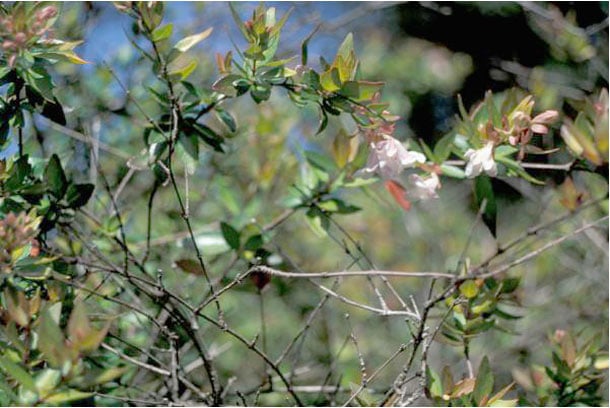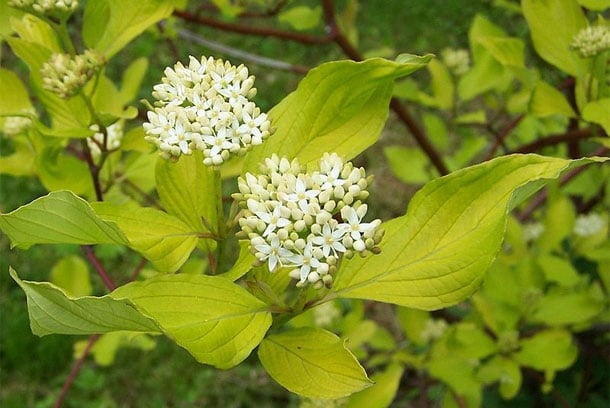Colourful Spring Flowers
One way is to choose bright and beautiful spring blooms that are designed to flourish from March onwards. Daffodils, crocuses, pansies and tulips are lovely spring-flowering plants all of which work well when planted in abundance. This will really make an impact to create a gorgeous colourful border garden. Hyacinths are another popular choice that come in a whole range of softer and bolder colours to reflect the essence of springtime.
If you fancy mixing up textures and heights, the iris is a late-spring flowering plant that will stand tall in the borders for an elegant aesthetic. For a gorgeous and more unusual spring plant, alliums also stand high for a gorgeous complement to brightly coloured flowerscapes.
Away from the lawn and flowerbeds, add some more colour around your spring garden with azaleas and rhododendrons crawling up the wall, flowering fruit tree blossom, lilac trees and rugged clematis. The latter is just one example of how you can add colour with a more masculine edge instead of traditional pretty florals.
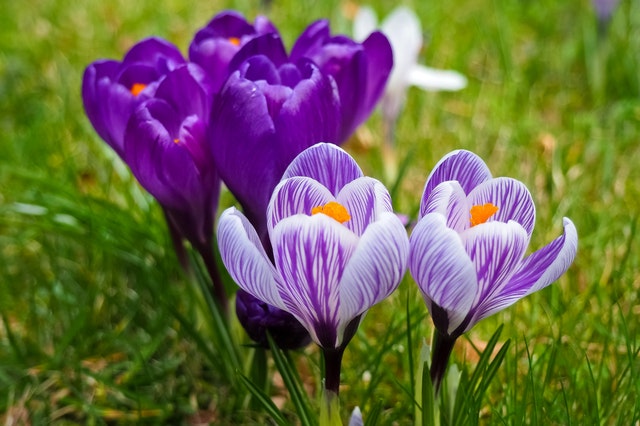
Colourful Furniture for your Spring Garden
Brightly coloured garden furniture is another great way to brighten things up for spring. We suggest choosing a selection of investment pieces that have been designed to stand the test of time in both style and durability. And colourful doesn’t have to mean overbearing.
We like the fresh springtime look that comes with rattan furniture such as the Fiji Chill Sofa which has been crafted using UV and colour stabilised rattan for a non-fade quality, Bearing in mind that the British springtime can often witness wet weather, the Fiji range includes pieces made using thermal bonding of the fibres to make them tough even when wet.

Using Colour in Garden Design for Small Spaces
If you prefer a more chic, minimalist aesthetic with your spring garden but still want splashes of colour, cushions and other accessories are a great way to achieve the look. When you’re considering garden design for small spaces, this is also a good way to go in order to avoid a cluttered appearance. Our Fiji 2-seater sofa shows how colour can be used in a more subtle way – the Montana Dining Armchair is another good example of colourful accents that will uplift your spring garden.
If you prefer a real statement piece – or perhaps you plan to use your garden for entertaining guests and socialising throughout the seasons – the Montana Apple Day Bed is a glorious piece. Handwoven to look and feel like natural water hyacinth, it features a retractable drinks table for added luxe and is super-easy to maintain year-round thanks to high water resistant qualities and olefin fibres designed for optimum outdoor use.
We hope that this post has inspired you in your spring garden design and provided some useful ideas on how you can blend the live elements of your garden with some beautiful furnishings to create your desired aesthetic. For more ideas and to browse our full range, click here to visit the Garden Furniture Centre shop.
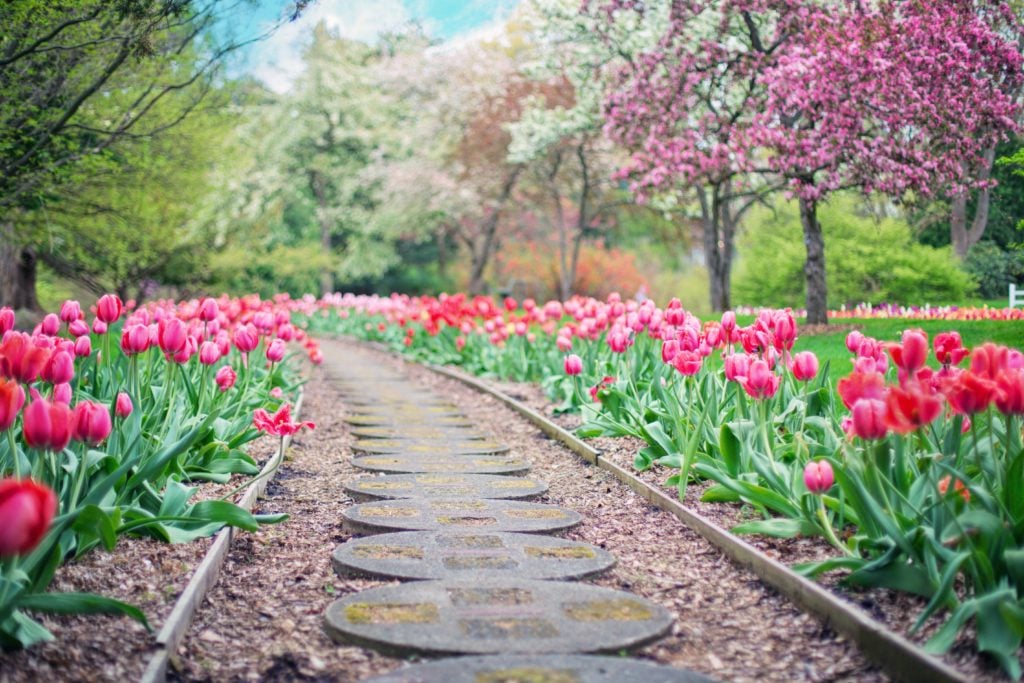

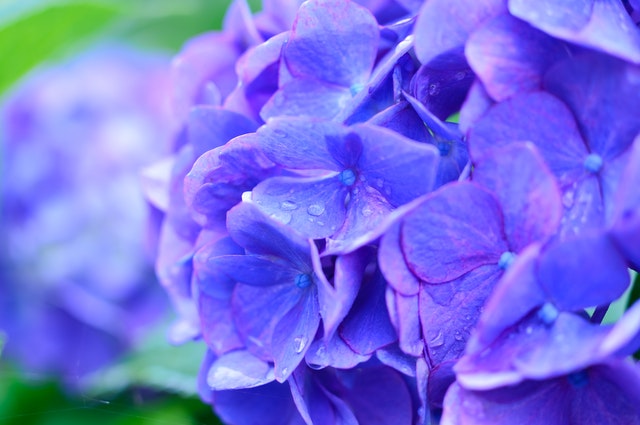
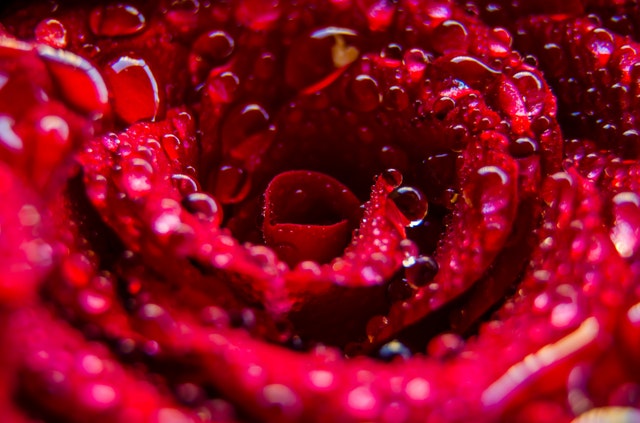
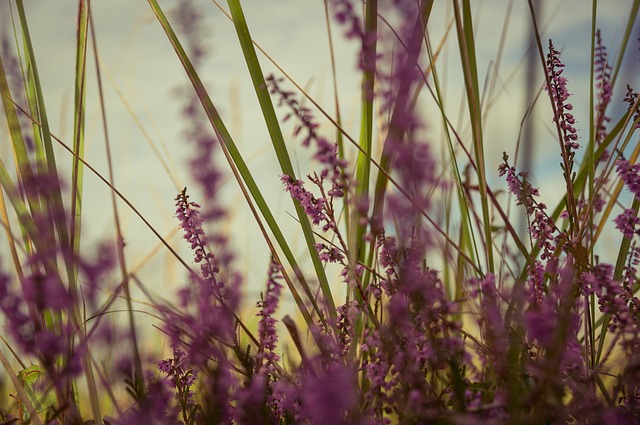
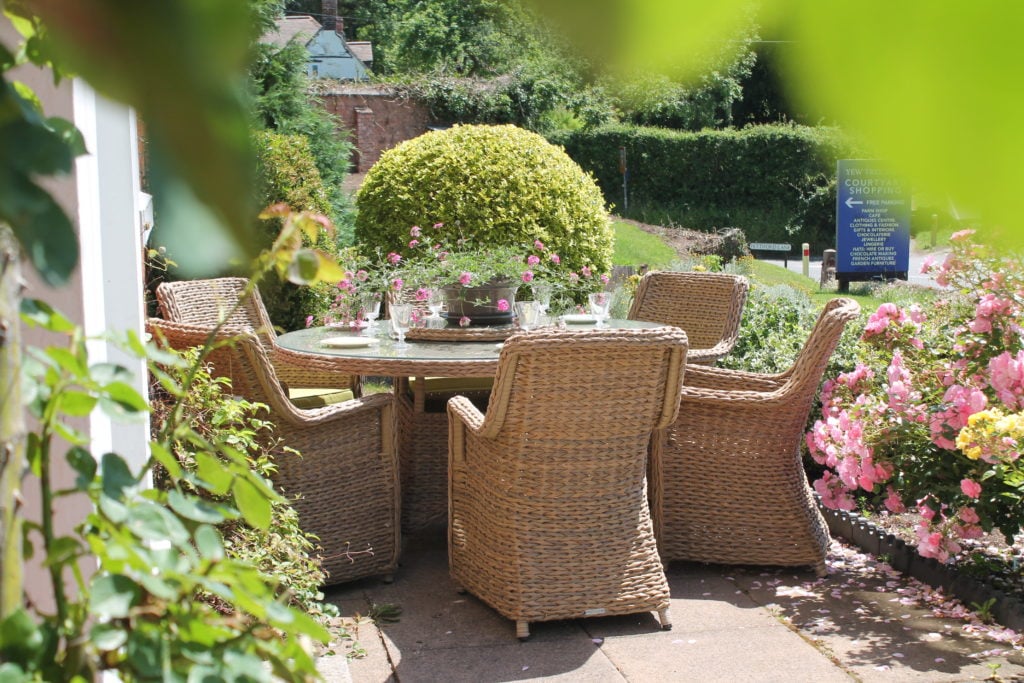
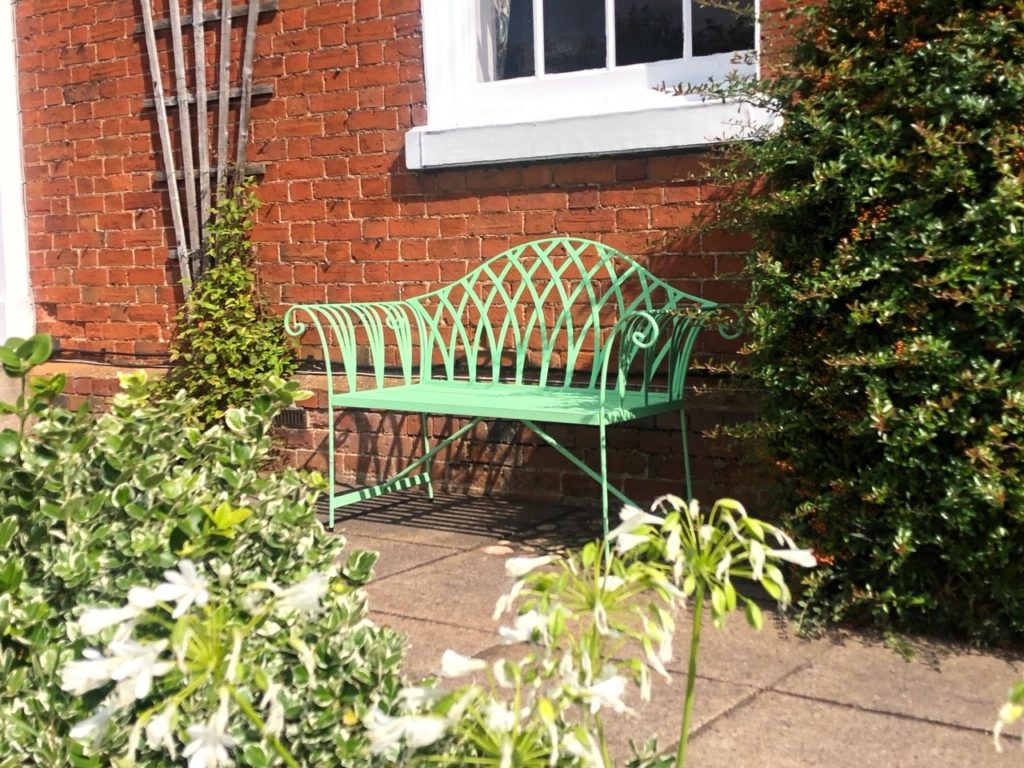
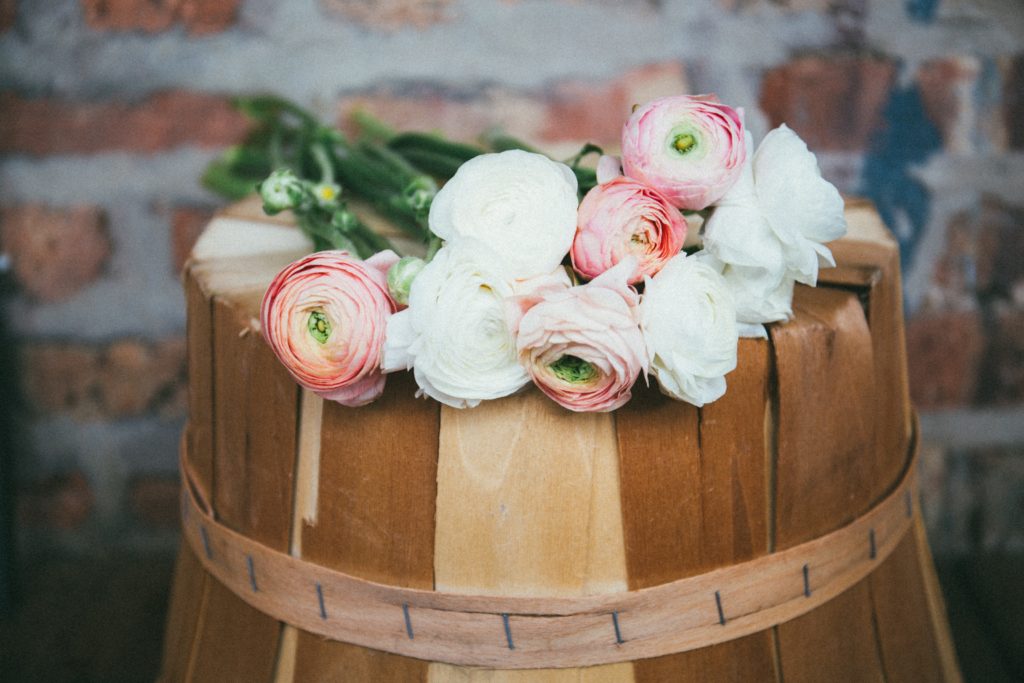
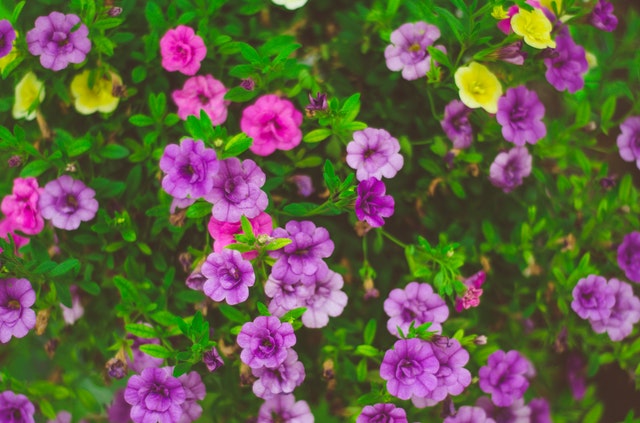
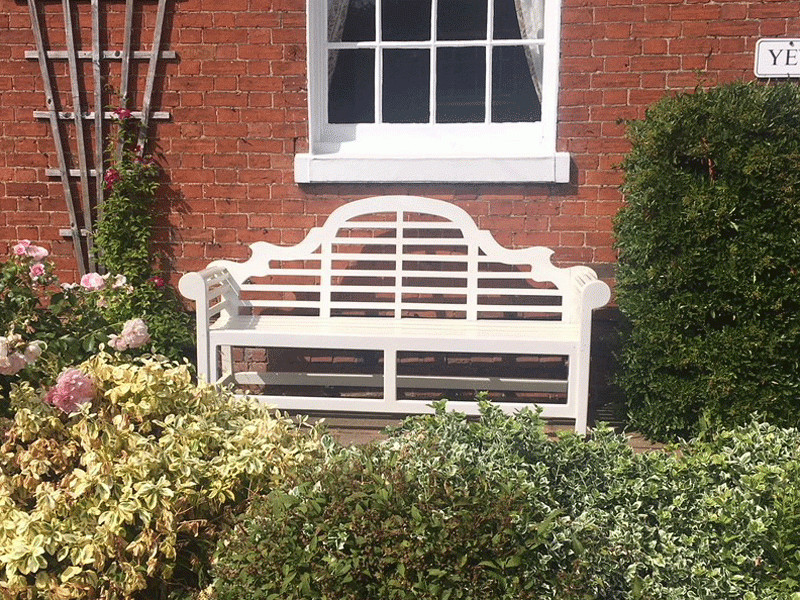 Lutyens Bench
Lutyens Bench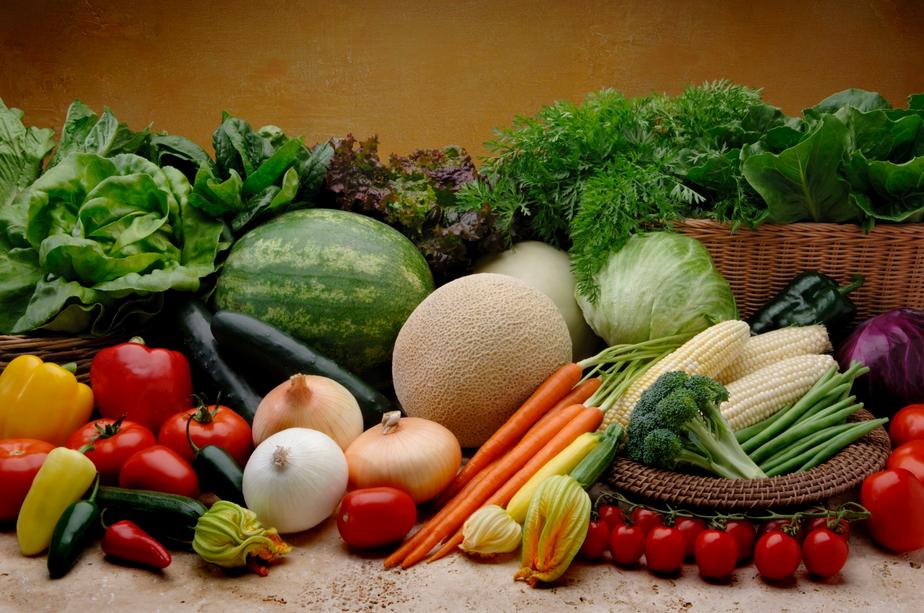
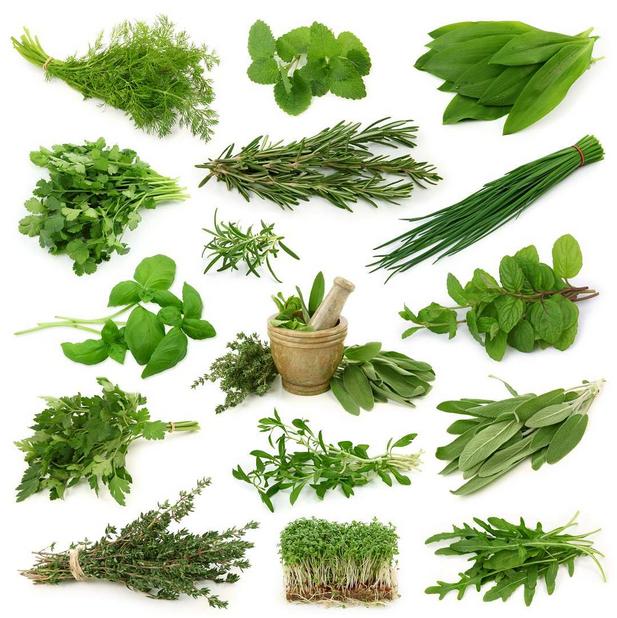
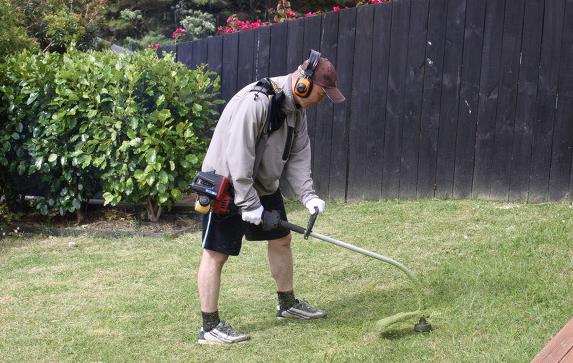 Mowing the Lawn has to be one of the first gardening jobs in spring ...
Mowing the Lawn has to be one of the first gardening jobs in spring ...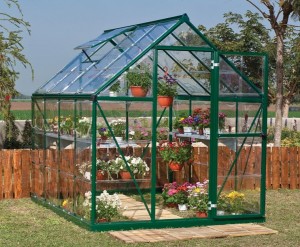 Clean the greenhouse so it's at its best in the summer months ...
Clean the greenhouse so it's at its best in the summer months ... Remove pests and insects
Remove pests and insects







